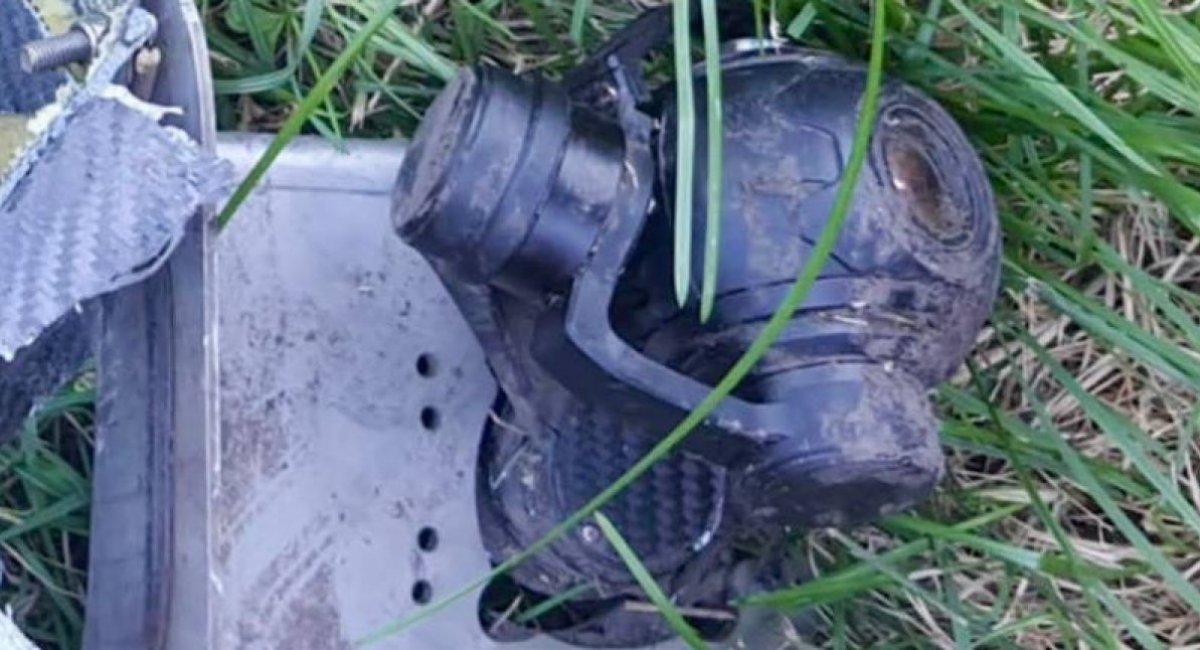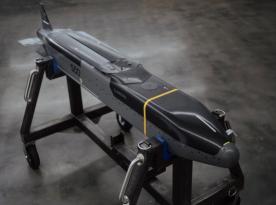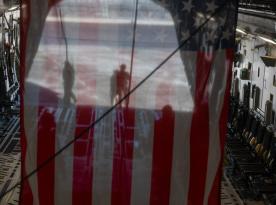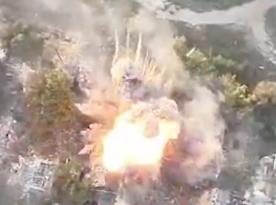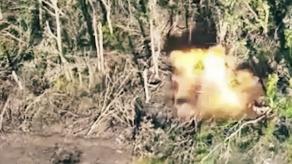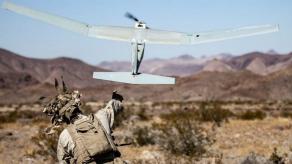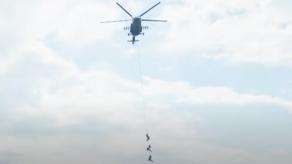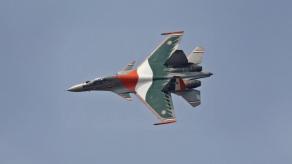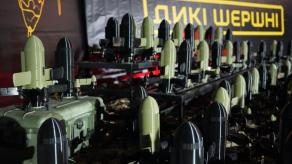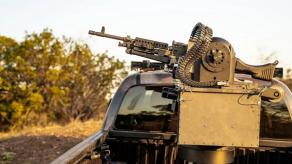Serhii Flash's recent note on the emergence of the Shahed drones equipped with cameras and remote-control links offers a useful, sober read on a worrying but not-unexpected development. After more than a month of following sightings, he reports that footage from the adversary showing camera-equipped Shahed drones did not surprise him, the platform is evolving, but its capabilities and limits remain important to understand. The visual evidence confirms a shift from purely loitering munitions to systems with at least some degree of online guidance.
Crucially, Serhii Flash emphasizes that employing the Shahed drones with online control against moving targets is still highly constrained. Launching and guiding the Shahed drone is not the same as launching a Lancet-class loitering munition: the Shahed drone's control loop is less dynamic and offers a narrower window for terminal corrections. That technical distinction matters because it shapes what targets are realistically at risk and which are not.
Read more: First Shahed Drones with Cameras Were Shot Down Over Ukraine
The likely victors in this capability race are predictable: fixed or slow-moving, high-value lines and nodes. Serhii Flash names railways, convoy hubs, mass transport nodes and large equipment as the primary objects at risk, precisely those targets where a semi-guided attack can be planned and timed.
By contrast, small, tactical targets such as a single pickup truck are poor matches for a 50-kg warhead delivered by a remotely guided Shahed UAV.
At the hardware level, Serhii Flash points to Chinese components as central to this new capability: Chinese camera and Chinese radio modem appear to form the core of the guidance and datalink.
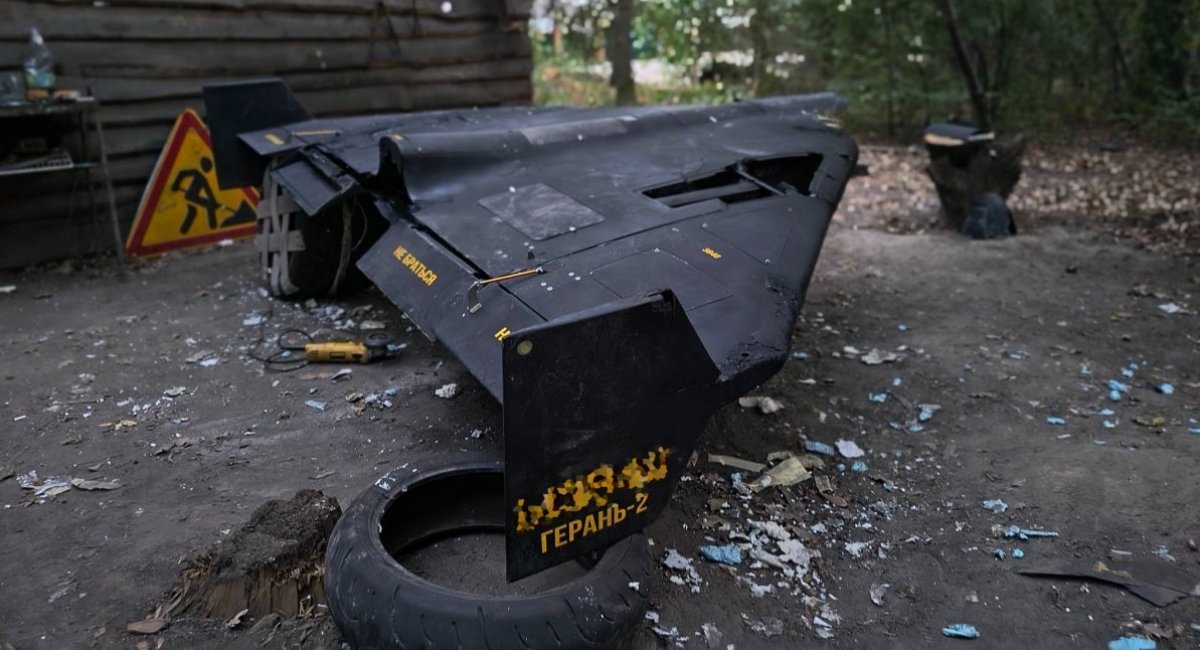
From the field reports he cites, the practical employment range for these semi-remote Shahed UAVs is on the order of 200 km, enough to threaten rear logistics while still requiring a permissive operational environment to be effective.
That 200-km envelope has operational implications. Rail nodes and long-distance logistics hubs that fall inside it face elevated risk and therefore deserve priority in risk assessments. Serhii Flash's repeated warning is clear: within this radius, railway transport is the single most vulnerable national asset, given predictable routing and limited ability to rapidly disperse mass freight movements.
At the same time, Serhii Flash cautions against panic or simplistic conclusions. Imagery from staged or propagated videos can be misleading, and controlled disinformation remains a risk. Analysts should therefore corroborate camera-dataroom claims with multiple sources, satellite imagery, signals data, and pattern-of-life observations, before drawing firm conclusions about scale, doctrine, or intention.
Read more: russian Shahed Drones Now Equipped with Mesh Modems and Cameras, Wreckage Analysis Shows




